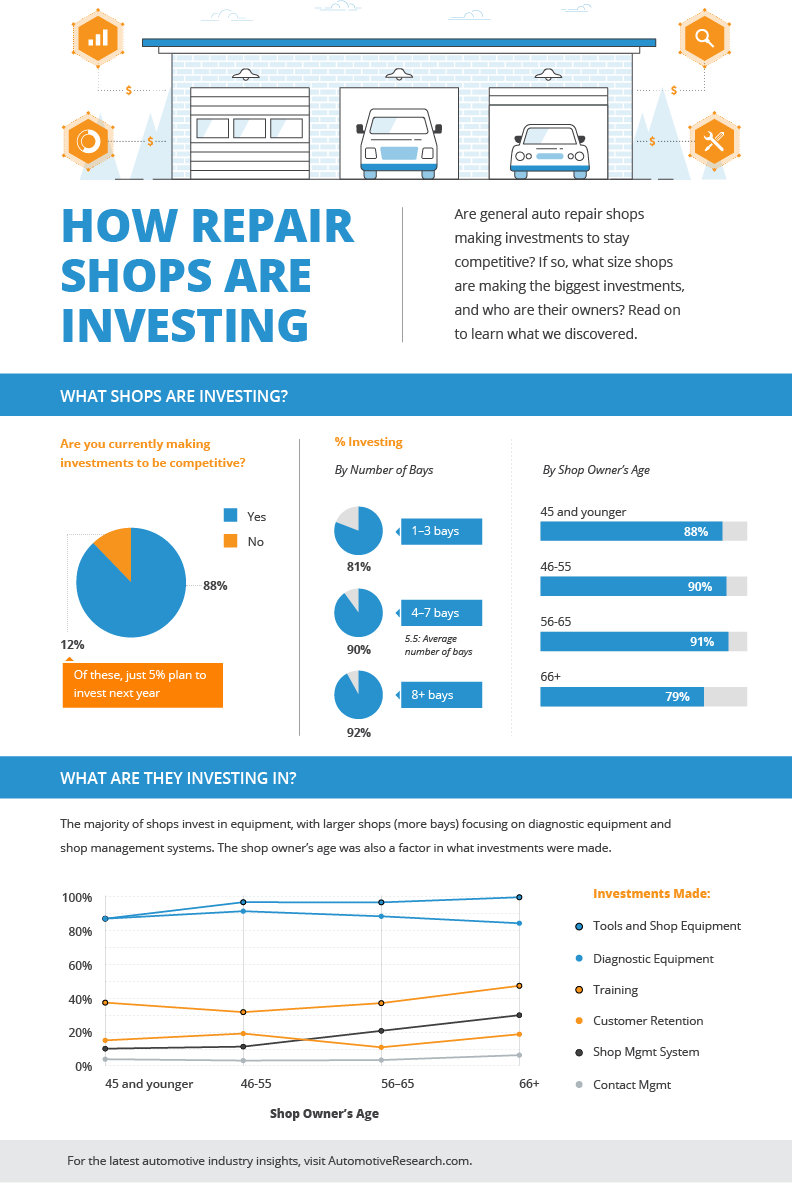Seeking Clearness On The Warning Lights Showed On Your Vehicle'S Control Panel? Figure Out Just How They Connect To Your Car'S Health And Wellness
Seeking Clearness On The Warning Lights Showed On Your Vehicle'S Control Panel? Figure Out Just How They Connect To Your Car'S Health And Wellness
Blog Article
Authored By-Lim Alvarado
When you lag the wheel, those glowing caution lights on your dashboard can be a bit difficult. Do you understand what they're attempting to inform you about your car's health? Understanding the value of these lights is crucial for your security and the longevity of your vehicle. So, the next time among those lights pops up, wouldn't you intend to understand its message accurately and take the needed actions to address it?
Common Caution Lights and Interpretations
Identify common warning lights in your automobile and understand their significances to guarantee risk-free driving.
The most typical caution lights consist of the check engine light, which signifies concerns with the engine or emissions system. If this light comes on, it's vital to have your lorry inspected without delay.
The oil pressure advising light indicates reduced oil pressure, calling for instant focus to stop engine damage.
A flashing battery light might recommend a faulty billing system, possibly leaving you stranded otherwise dealt with.
The tire pressure tracking system (TPMS) light signals you to low tire pressure, influencing car security and gas performance. Overlooking this could cause hazardous driving problems.
carwashinbotany shows a trouble with the anti-lock stopping system, compromising your ability to stop quickly in emergency situations.
Last but not least, the coolant temperature level alerting light warns of engine overheating, which can lead to extreme damage otherwise fixed swiftly.
Comprehending learn the facts here now will help you attend to concerns quickly and preserve secure driving conditions.
Value of Prompt Attention
Understanding the usual warning lights in your car is just the primary step; the relevance of immediately dealing with these cautions can't be emphasized sufficient to ensure your safety when driving.
When a warning light illuminates on your control panel, it's your vehicle's method of connecting a possible issue that requires interest. Disregarding these cautions can cause extra serious issues down the road, jeopardizing your security and possibly costing you more in repairs.
Motivate interest to cautioning lights can stop malfunctions and mishaps. As an example, a flashing check engine light can indicate a misfire that, if left ignored, can create damages to the catalytic converter. Addressing this immediately can save you from a pricey repair.
In a similar way, a brake system alerting light could indicate low brake liquid or worn brake pads, crucial elements for your safety and security when driving.
Do It Yourself Troubleshooting Tips
If you discover a warning light on your dashboard, there are a couple of do it yourself repairing pointers you can try before looking for professional aid.
The initial step is to consult your vehicle's manual to recognize what the certain caution light shows. Occasionally https://www.salisburypost.com/2021/11/07/auto-repair-shop-owner-neil-lefler-retires-leaving-behind-legacy-of-quality-work-mentorship/ can be as basic as a loose gas cap triggering the check engine light. Tightening the gas cap may deal with the issue.
Another usual problem is a low battery, which can activate numerous cautioning lights. Examining the battery links for rust and ensuring they're safe might repair the issue.
If a warning light persists, you can attempt resetting it by detaching the automobile's battery for a few minutes and then reconnecting it. Furthermore, checking your vehicle's liquid levels, such as oil, coolant, and brake fluid, can assist repair alerting lights connected to these systems.
Final thought
Finally, recognizing your car's caution lights is necessary for keeping your vehicle running smoothly and safely. By promptly resolving these signals and understanding what they indicate, you can avoid expensive fixings and possible malfunctions.
Keep in mind to consult your car's handbook for particular information on each advising light and act appropriately to ensure a hassle-free driving experience.
Keep educated, remain risk-free on the road!
